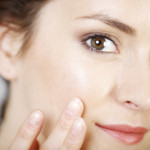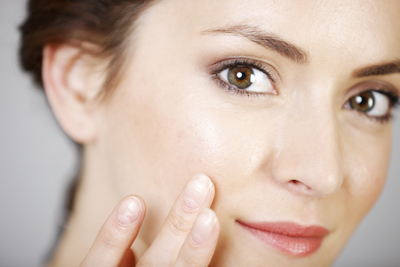Sun skin safety. It’s not the most glamorous of subjects and granted, it does have the similar dull ring to it as the dreaded ‘health and safety’. That said, it is really something that we need to think seriously about. Obviously I don’t want to start sounding like your Mum here, making you wear a t-shirt in the pool; so instead I’m going to talk you through all the key things you need to look out for with your suncare products.
Most of us will only start thinking about suncare in the weeks leading up to our summer getaway to sunnier climates. However, regardless of whether you are sunning yourself on a yacht in St Tropez (I wish) or just sitting in the park in cloudy Britain, everyone is exposed to the sun in some way. Up to 40% of the sun’s ultraviolet radiation reaches the earth on a completely cloudy day, leaving us exposed to the sun even when we don’t realise it. That’s why we should be putting sun protection in place on a daily basis to help protect our skin. After all, the sun’s rays may be invisible to the naked eye, but the effects on the skin are clear.
So, what should you be looking for when it comes to skin protection? Most of the time, it feels like suncare brands are just throwing acronyms at us left, right and centre. So let’s cut through the jargon and break it down.
You should be looking for two different levels of protection. SPF is the level of protection given against UVB rays (these can alter your skin cells’ DNA and cause sun burn). In simple terms, if your skin usually takes around 20 minutes to redden when unprotected, an SPF15 lotion will extend this time by 15, providing coverage for up to 5 hours.
Meanwhile, UVA protection levels (UVA rays cause allergies, ageing, dark spots and wrinkles) can be recognised by star ratings on the bottle. Five stars is what you’re after here of course. Products with both UVA and UVB coverage are known as ‘broad spectrum protection’.
Regardless of how long your protection claims to last, no suncream should be expected to keep skin protected for longer than 2 hours without reapplication. Plus of course, your suncream is only good as your application technique, so be generous people.
With suncare, I truly believe you get what you pay for. I’ve tried them all, from budget to premium brands, and it’s clear that the professional brands have got it right. In fact, cheaper high street brand suncreams can include sunscreen chemicals that are harmful to the skin. Very often, they are actually the cause of the dreaded prickly heat. So I urge you, invest in your suncare and you’ll never look back. Let me share 2 of my favourites with you:
Dermalogica Protection 50 Sport. This is a sheer cream that has enhanced SPF performance and counteracts moisture loss triggered by extended daylight exposure. I love this one because it doesn’t feel greasy and also doesn’t stain your white tops as so many creams tend to.
Thalgo Age Defence Sun Lotion SPF30. This rich cream provides optimum sun protection from the first days of exposure. It’s a really creamy, velvety lotion with a fine and ultra-light texture that allows you to develop a lasting tan safely.
So, no excuses. Make sure you’re #sunsafe this summer.
xoxo







